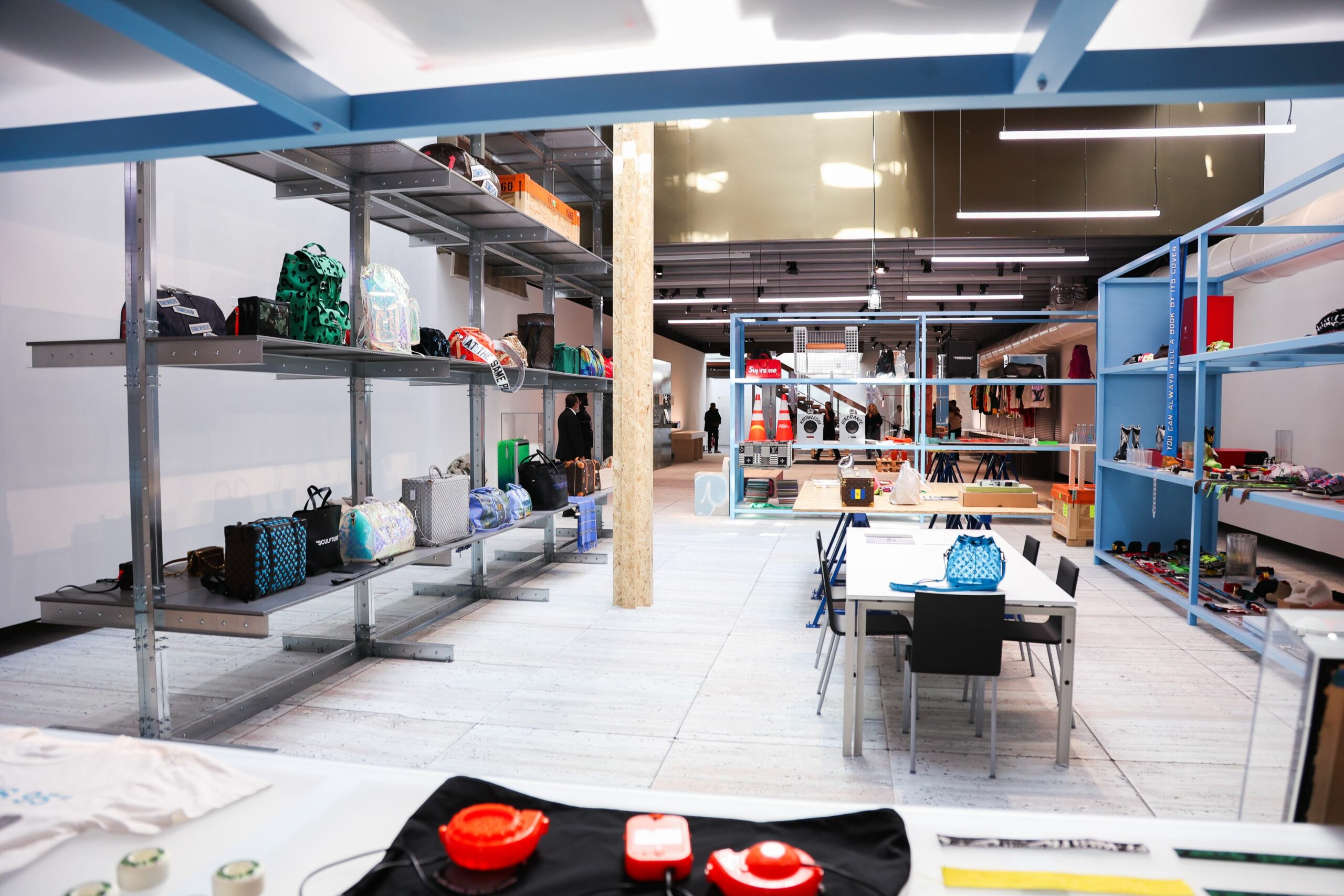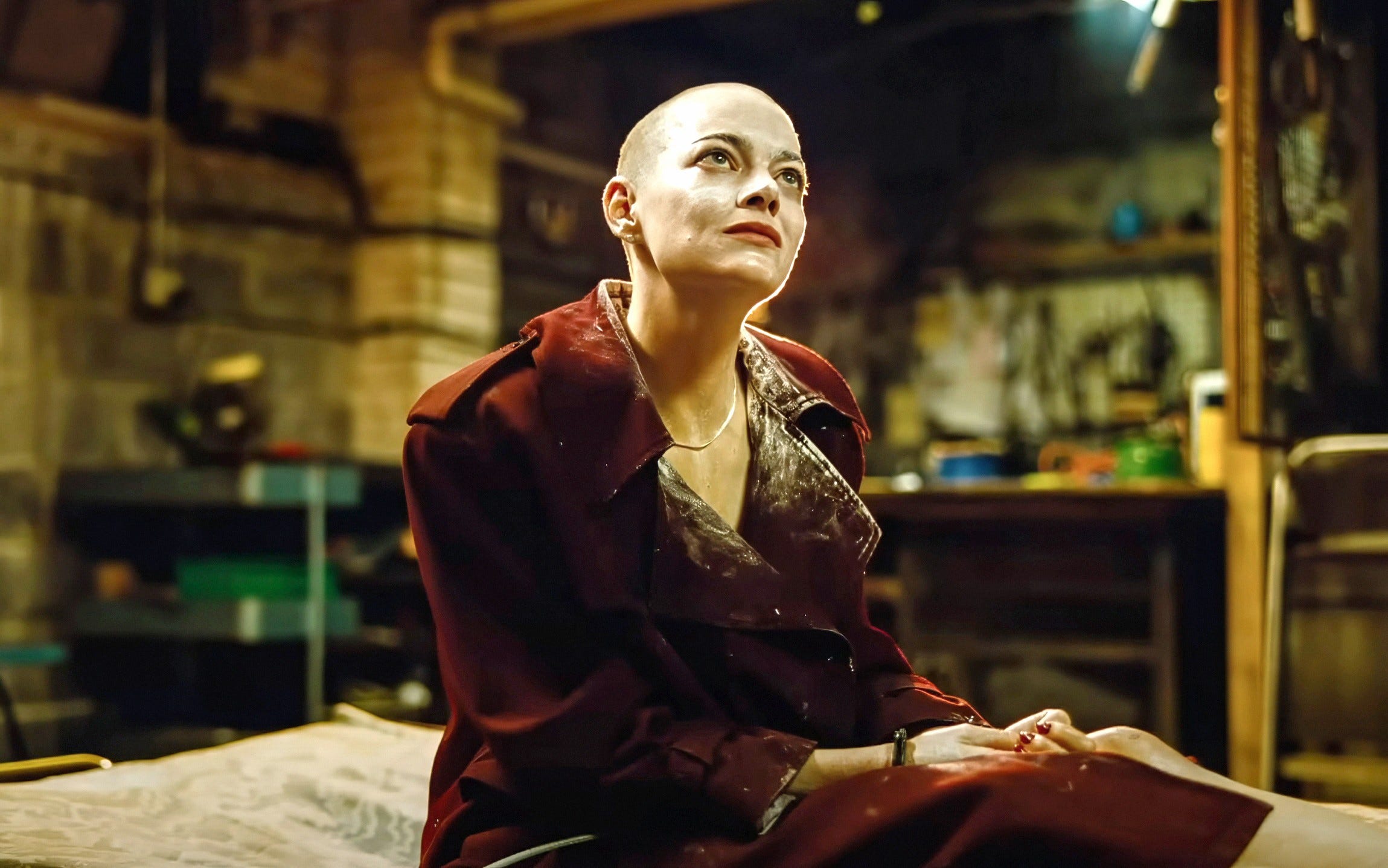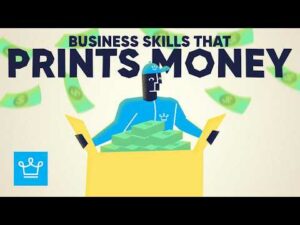Unlocking Virgil Abloh’s Hidden Blueprint: The Paris Exhibit That’s Redefining Creativity and Hustle
Isn’t it something how a simple T-shirt can spark a revolution in the way we perceive luxury? On September 30th, the opening day of Virgil Abloh: The Codes at the Palais Garnier in Paris, over 3,000 eager visitors queued up not just to see exhibits, but to bask in the legacy of a man who redefined fashion and culture. It’s kind of ironic—and frankly, brilliant—that you enter through the gift shop, reminiscent of the famed but shuttered Collette store, reminding us all that Abloh played with the notions of commerce and desirability like no other. Nearly four years after his unexpected passing, this exhibition doesn’t just display his work; it chronicles an ethos—an audacious cross-pollination of fashion, music, art, and design that challenges what we value and why. As someone who’s seen trends come and go, Virgil’s imprint feels more like a seismic shift, raising the question: Can we ever truly separate the art from the brand, the hype from the heritage? Dive in and let this show make you rethink the very fabric of influence. LEARN MORE
On September 30th, opening day of Virgil Abloh: The Codes, doors opened at 10 A.M. An audience dressed in an array of preppy French separates and sophisticated streetwear waited eagerly outside the opulently constructed building, fitted with a sleek banner advertising the visit—Abloh would have loved that contrast. He might also have been amused to note that visitors enter through the gift shop, a recreation of the now closed legendary Parisian store Collette. You could feel a hunger in the swarm, a desire to own a piece of the designer who put quotation marks—both figurative and literal—around the way we think about luxury and commodification. It might not even matter what it was, if he touched it or not, as long as it was a piece of his legacy, his personal brand.
The 30th would have been Virgil Abloh’s 45th birthday. Nearly four years after his untimely passing, the Virgil Abloh Archive team worked to put together an exhibit at the Palais Garnier in Paris titled The Codes. It opened just as Paris Fashion Week was kicking off and runs through October 9. And on its opening day alone, more than 3,000 people—including surprise guests and supporters Travis Scott and Martine Rose—came to see it.
Curated by Chloe Sultan and Mahfuz Sultan, the retrospective, which is the first major European exhibition exclusively devoted to Abloh’s work, takes a look at the brands he founded, Pyrex Vision and Off-White, as well as his time as creative director of Louis Vuitton menswear. It showcases hundreds of objects, prototypes, sketches, and images from throughout Abloh’s career, as well as his personal collections, tracing the throughlines of his multidisciplinary output. As Abloh’s wife, Shannon, said in her opening remarks on opening day, all these objects “serve as a living record of his work and worldview.”
The exhibit begins with a description of his life and work, briefly outlining his journey as a Black American, the child of Ghanaian from a childhood in Rockland, Illinois to one of the most influential creatives in the 21st century. But mostly it speaks of his fusing of many spaces he found fascinating: fashion, music, art, architecture, industrial design, advertising, and more. He clashed industries and mediums in his work, reimagining the function of influence, origin, and output.
It continues into a room packed with collections and creations, with few, if any, descriptions. At first glance, it’s hard to tell what was made by Abloh versus what he collected. The massive sneaker wall moves from classic Air Jordans he bought in his early years to Off-White x Nike Air Max’s with no delineation—though the orange zip tie or the ironic logos “AIR” or “FOAM” are easy tells. But that also fits. The lines between idea, prototype, finished product, interpretation, evolution, and iteration were always blurred; everything was a work in progress to Abloh.
One wall held a room-spanning rack of dozens of T-shirts. After all, there are few better emblems of Abloh’s legacy than a T-shirt. What better way to deconstruct perceived value? In his early days of Pyrex Vision (his streetwear brand that preceded Off-White), Abloh bought flannel shirts from Ralph Lauren at $40 each and screenprinted “Pyrex” and “23”—an allusion to Michael Jordan—onto them. He then sold them for $550. And people bought them. (A friend just said she was able to score one secondhand for $400—she was thrilled about it.) The T-shirt continued to be a favorite medium of design throughout his collaborations and work at Off-White and Louis Vuitton. He often did little to the cut, fit, or material of the product, but absolutely heightened the desire, and in doing, so the value, with his branding wizardry.
Most of the other pieces on display, ranging from Alessi tea kettles with a spout cap in the form of a basketball player to dozens of variations of Louis Vuitton handbags to chrome staplers, are arranged like an Instagram flatlay (after all, that was his preferred medium of communication with his massive fanbase.) They rest upon industrial shelving and tables composed of chipboard plywood slabs laid over inky blue sawhorses—finished yet unfinished. In facilitating all of these collaborations, ranging from Ikea to Chrome Hearts, Abloh made us question the very idea of luxury. And in deconstructing what it was, he reimagined who it was for.
Standing there, you could feel his legacy. The show culminates with a McIntosh speaker he designed when he was still alive but never saw enter into production—showcased amidst a range of music equipment from his personal collection, of course. Abloh, who deejayed throughout his career and had a deep reverence for sound, sent an artistic proposal to McIntosh in early 2020. Over the past few weeks, McIntosh developed the first ever McIntosh MA8950 x Virgil Abloh Integrated Amplifier prototype specifically for the exhibit. “When he reimagined the McIntosh amplifier in 2020,” Jim Mollica, President, Bose Luxury Audio told Bazaar, “he chose bold orange to symbolize the creative energy he carried into everything he touched and our shared belief that sound and design are inseparable cultural forces.”
In Robin Givhan’s book, Make It Ours: Crashing the Gates of Culture with Virgil Abloh, published earlier this year, she wrote: “He was a thirtysomething who was already impatient for a museum to examine his life’s work.” Even the opening description notes that the show was only made possible by Abloh’s obsessive archival skills. He had always wanted his own museum retrospective and so began cataloging his own collection from a very early point—everything from notebooks and prototypes to boarding passes and restaurant napkins.
Still, the exhibition proves that his work was about so much more than the stuff. In the gift shop, a miniature book outlines his “Abloh-isms.” One quote reads, “For me design is about whatever I find is worthy to tell a story about.” Through those stories and references, Abloh brought people together, developed a community, and allowed his audience to find space in the world of luxury that was previously closed off to them. And he inspired devotion. That, more than anything, was evident in the crowds that swarmed the museum exhibit—and the gift shop—this week.


























Post Comment